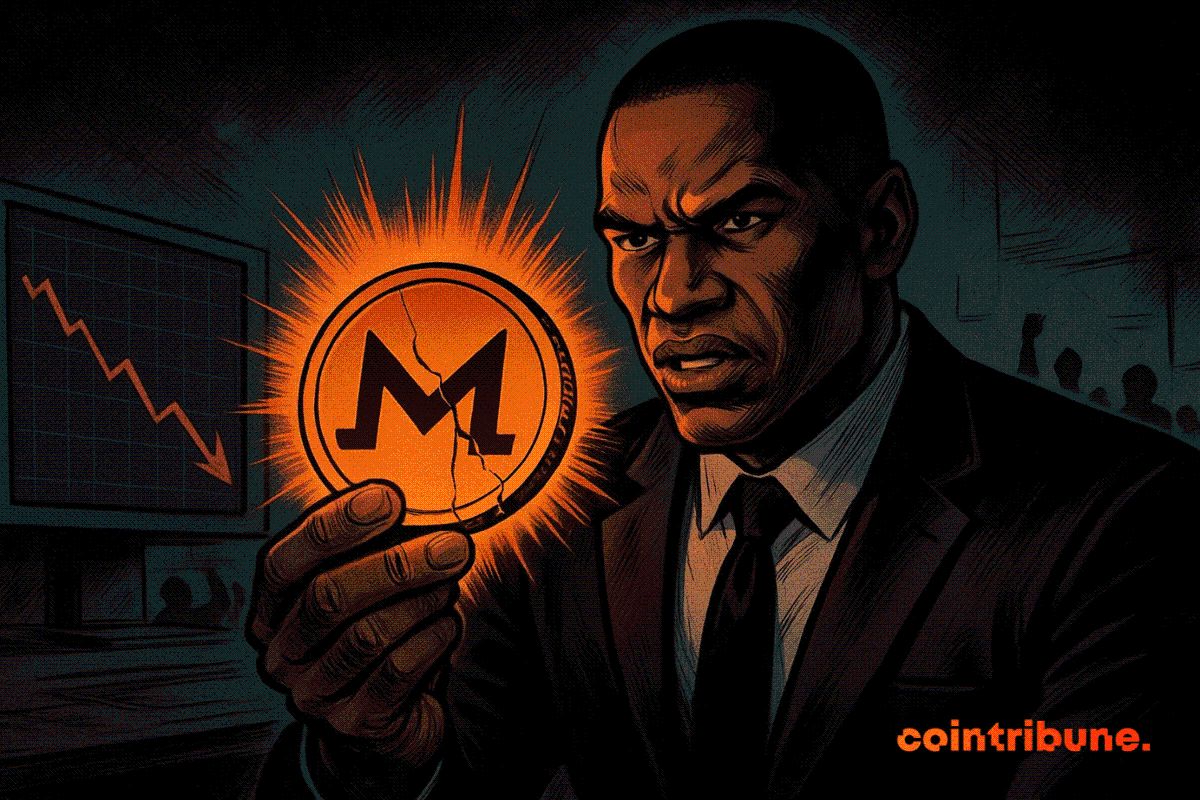The Dual Edge of AI in Manufacturing: Displacement, Creation, and the Path to Profit
- AI is reshaping manufacturing by displacing 2M jobs by 2030 while creating 97M new roles globally by 2025. - Women face disproportionate risk (58.87M roles at risk) as AI automates warehouses, assembly lines, and supply chains. - Investors should prioritize AI productivity platforms (Tractian, Sennos) and infrastructure innovators (CAST AI) to capitalize on efficiency gains. - Workforce adaptation is critical: 77% of AI roles require advanced degrees, demanding upskilling in human-AI collaboration. - Str
The manufacturing sector stands at a crossroads. Artificial intelligence is reshaping the industry with unprecedented speed, displacing traditional roles while simultaneously creating new opportunities. For investors, this duality presents a unique challenge: how to navigate the upheaval of job displacement while capitalizing on the innovation-driven growth of AI. The answer lies in understanding the forces at play and positioning for the future of work.
The Displacement Dilemma
AI-driven automation is accelerating job losses in manufacturing. By 2030, an estimated 2 million roles could vanish due to robotics, predictive analytics, and AI-powered logistics systems. The Goldman Sachs Research report underscores that a quarter of tasks in manufacturing are at risk, with warehouses, assembly lines, and supply chains being the most vulnerable. For example, AI-driven robotic arms now perform precision tasks faster and cheaper than human labor, while machine learning algorithms optimize inventory management, reducing the need for human oversight.
The human cost is stark. Women in the U.S. manufacturing sector face disproportionate exposure, with 58.87 million roles at risk compared to 48.62 million for men. This gender gap highlights systemic vulnerabilities in workforce adaptation. Meanwhile, global competition intensifies as companies offshoring operations to lower-cost regions like India leverage AI to further cut costs.
The Creation Opportunity
Yet, for every job lost, new roles emerge. The World Economic Forum's 2025 report predicts 97 million new jobs globally by 2025, including AI system analysts, robotics technicians, and data scientists. These roles demand advanced technical skills, but the transition is hindered by a 77% requirement for master's degrees in AI-related fields—a barrier for displaced workers.
The key to unlocking this potential lies in upskilling. Companies investing in training programs for AI collaboration, such as human-AI workflow design or predictive maintenance oversight, will not only future-proof their workforce but also drive productivity. For investors, this means supporting firms that bridge the skills gap and enable seamless human-AI integration.
Investment Strategies for the AI-Driven Future
The dual impact of AI in manufacturing creates a fertile ground for strategic investments. Here's how to position for growth:
Target AI Productivity Platforms
Startups like Tractian and Sennos are leading the charge. Tractian's predictive maintenance technology reduces unplanned downtime by 30%, while Sennos optimizes fermentation processes in food and pharma. These companies exemplify how AI enhances efficiency, cutting costs and boosting margins.Back AI Infrastructure Innovators
Hardware and cloud solutions are the backbone of AI adoption. CAST AI and Nexthop AI are revolutionizing cloud cost optimization and networking for AI workloads. As manufacturing firms scale AI deployment, demand for these infrastructure tools will surge.Invest in Workforce Adaptation
Companies like CuspAI and FloVision are not just solving technical challenges—they're creating new job categories. CuspAI's materials discovery for carbon capture opens roles in sustainability engineering, while FloVision's protein production optimization drives demand for bio-industrial data scientists.
- Monitor AI Hardware Giants
The rise of AI hinges on computational power. NVIDIA , a leader in AI chips, has seen its stock surge as demand for GPUs in manufacturing AI applications grows. Investors should track its performance alongside emerging players like AMD and Intel .
The Road Ahead
The manufacturing sector's transformation is inevitable. For investors, the path to profit lies in balancing the risks of displacement with the opportunities of creation. This means:
- Prioritizing companies that democratize AI access (e.g., cloud platforms, upskilling tools).
- Avoiding short-term bets on legacy roles; instead, focus on long-term trends like sustainability and automation.
- Supporting startups addressing niche markets, such as precision fermentation or materials science, where AI's impact is most profound.
The future of manufacturing is not a zero-sum game. By investing in AI-driven productivity and workforce adaptation, investors can turn disruption into opportunity—building a resilient, innovative industry for decades to come.
Final Note: The data is clear: AI is a force multiplier. For those willing to act boldly, the rewards will be as transformative as the technology itself.
Disclaimer: The content of this article solely reflects the author's opinion and does not represent the platform in any capacity. This article is not intended to serve as a reference for making investment decisions.
You may also like
Can the 40 billion bitcoin taken away by Qian Zhimin be returned to China?
Our core demand is very clear—to return the assets to their rightful owners, that is, to return them to the Chinese victims.

Bitcoin Surges but Stumbles: Will Crypto Market Recover?
In Brief Bitcoin fails to maintain its position above $93,000 and faces heavy selling pressure. Altcoins experience sharp declines, with some showing mixed performance trends. Shifts in U.S. spot Bitcoin ETF flows highlight cautious investor behavior.

Qubic and Solana: A Technical Breakthrough by Studio Avicenne
